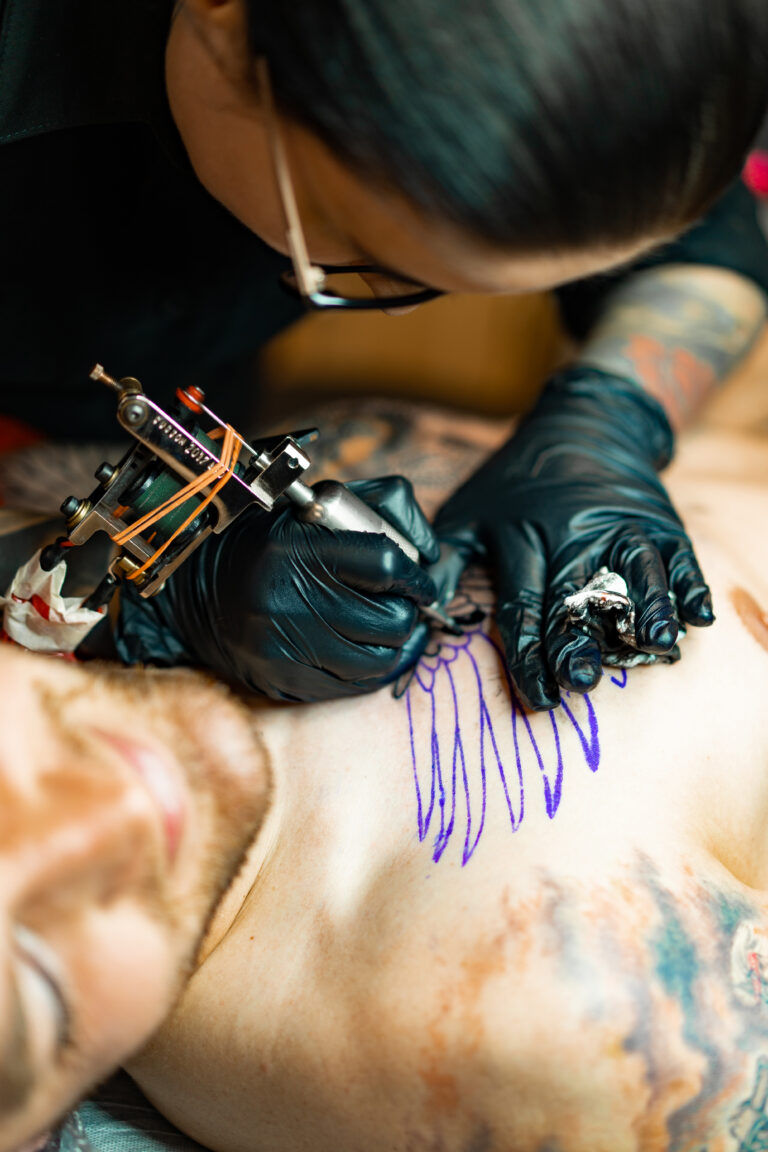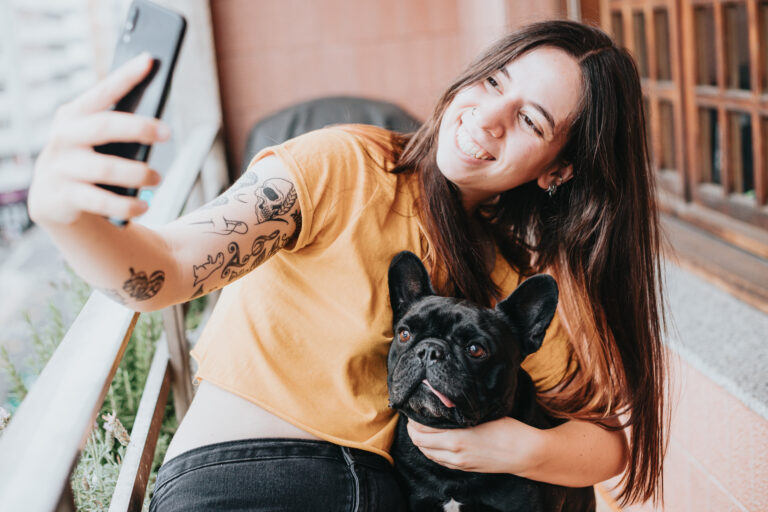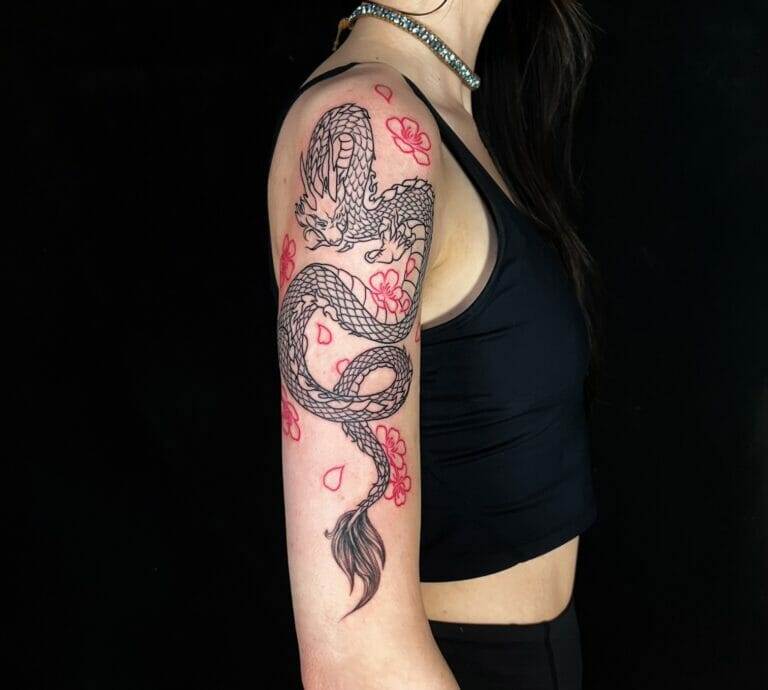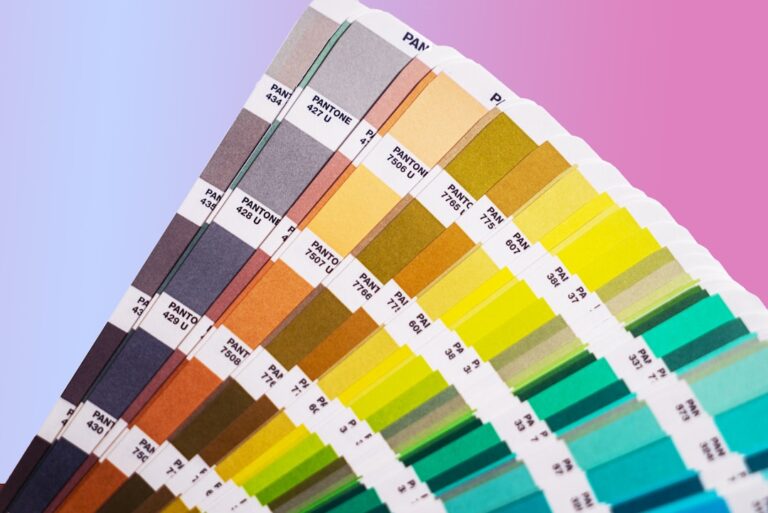Introduction to Tattoo Pain Levels
Getting a tattoo can be a transformative experience, but one of the primary concerns for many individuals is the level of pain involved. Understanding tattoo pain levels is essential for anyone considering body art, as it can vary significantly based on numerous factors. Recognizing these factors can empower individuals to make informed decisions about their tattoo journey.
Factors Affecting Tattoo Pain Perception
Several variables play a crucial role in how pain is perceived during tattooing. Here are the main factors that can influence this experience:
- Body Location:
- Some areas of the body are more sensitive than others due to the density of nerve endings and proximity to bones.
- For instance, tattoos on fleshy areas like the forearm or calf are typically less painful compared to more sensitive regions like the ribcage or spine.
- Individual Pain Tolerance:
- Pain is subjective, and everyone has a different threshold.
- While one person may find getting inked on their back to be bearable, another may find the same experience excruciating.
- Tattoo Size and Complexity:
- Larger or more intricate designs generally require more time under the needle, which can increase discomfort.
- Small, simple tattoos typically lead to a quicker and less painful experience.
- Skin Condition:
- The health and condition of the skin can also influence how it reacts to tattooing.
- Conditions like eczema or excessive dryness can increase sensitivity during the process.
- Emotional State:
- Stress and anxiety can heighten the perception of pain.
- Arriving relaxed and mentally prepared for the experience can markedly reduce discomfort.
- Tattoo Method:
- The type of tattoo machine and the skill of the artist can impact how the pain is felt.
- Professional artists can often apply techniques that minimize discomfort.
Being aware of these factors can not only help prospective tattoo enthusiasts better prepare for the experience but also assist in setting realistic expectations regarding the discomfort that may arise. Understanding one’s body and mindset is key to making the tattoo experience more enjoyable and less intimidating.
Least Painful Body Areas for Tattoos
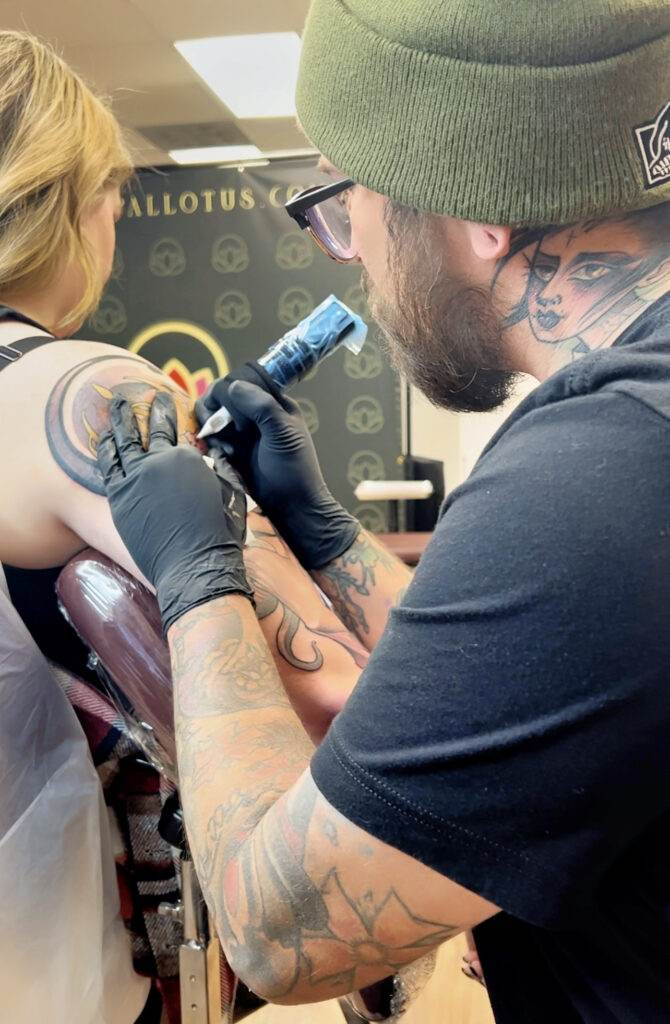
Now that we have a good understanding of the factors affecting tattoo pain perception, it’s time to delve into some of the body areas that are generally regarded as the least painful for getting inked. Choosing the right location can significantly enhance the experience, making it a more enjoyable and less daunting venture.
Forearm
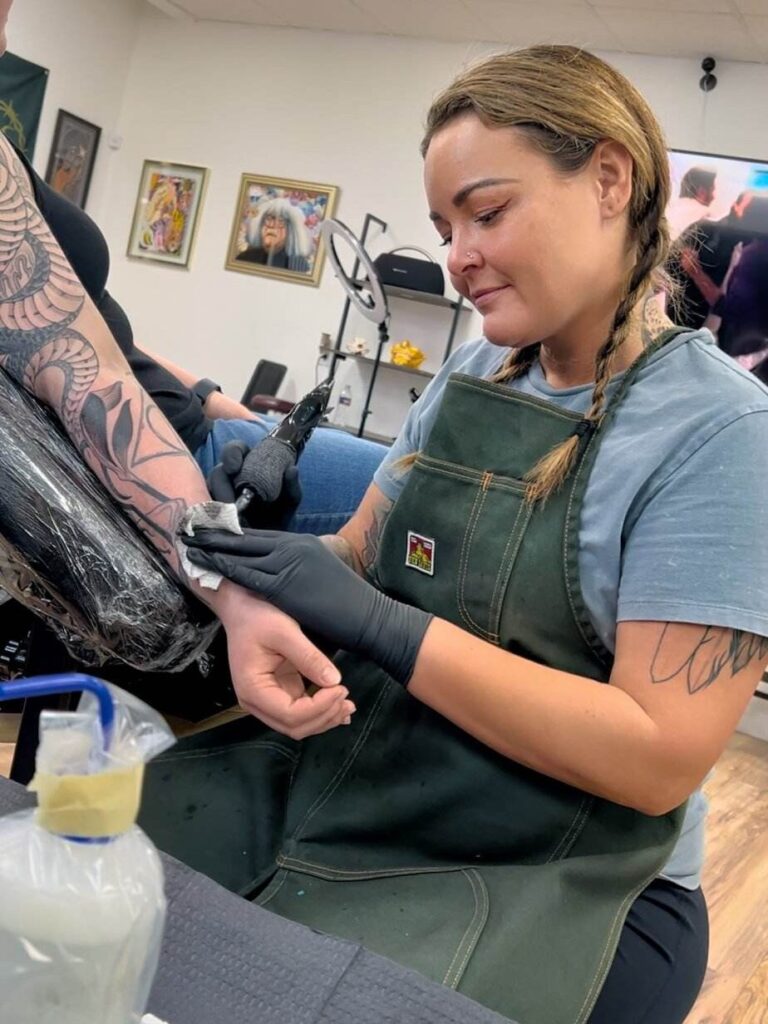
The forearm is often considered one of the most favorable spots for a tattoo, especially for first-timers. Here are the reasons why:
- Fleshiness: The forearm has a relatively thick layer of flesh, which buffers the sensation of the needle. This makes the process substantially more bearable.
- Visibility and Accessibility: Not only is the forearm a low-pain area, but it is also highly visible, allowing individuals to display their art proudly. It’s also easily accessible for both the artist and the person receiving the tattoo, making the entire process smoother.
- Versatility: The forearm is a great canvas for a variety of tattoo styles, from intricate designs to bold statements, allowing artists to express their creativity and clients to showcase their uniqueness.
Overall, getting tattooed on the forearm is often described as a quick and tolerable experience.
Calves
Another body area that ranks low on the pain scale is the calves. Here’s why this location is appealing:
- Muscular Build: The calves are predominantly muscle, which can provide more cushion against the needle’s sensation. The muscle’s thickness also acts as a barrier, resulting in a less painful experience compared to bony areas.
- Excellent Size for Design: Like the forearm, the calf offers ample space for a variety of tattoo sizes and styles, inviting creativity while minimizing discomfort.
- Less Sensitivity: Compared to highly sensitive areas like the ribs or spine, the calves have fewer nerve endings, which contributes to a more comfortable tattooing process.
Choosing to get tattooed on the forearm or calves can enhance the overall experience, especially for beginners or those with lower pain thresholds. Prioritizing comfortable spots can make the journey of self-expression through body art not only more enjoyable but also less intimidating.
Moderately Painful Body Areas for Tattoos
While the forearm and calves are considered the least painful spots to get a tattoo, several areas fall into the moderately painful category. These locations may present a bit more discomfort but are still manageable for most individuals. Here, we’ll explore the upper arm and thigh—two popular choices among tattoo enthusiasts.
Upper Arm
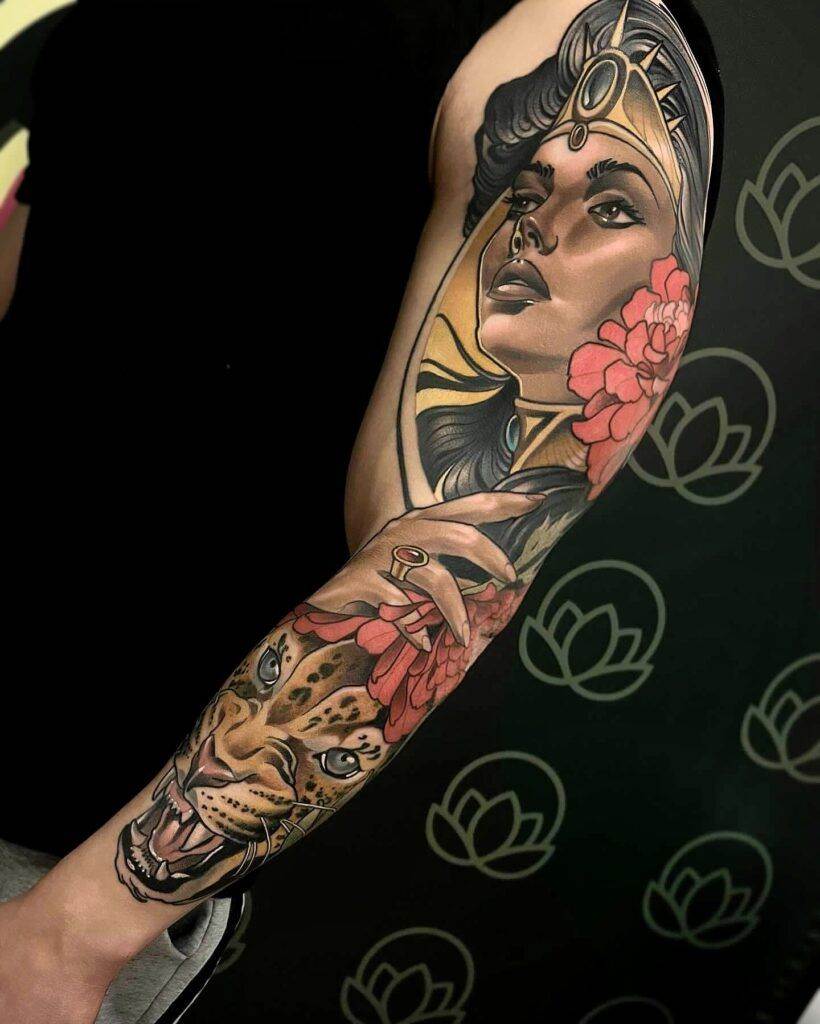
The upper arm is a widely favored spot for many tattoo lovers, particularly for those looking to hide their ink under clothing if necessary. Here’s what makes the upper arm a moderate pain zone:
- Muscle Thickness: The upper arm has a decent amount of muscle, which can help mitigate the discomfort from tattoo needles.
- Variable Sensitivity: While the outer part of the upper arm tends to feel less painful due to its thicker skin and muscle, the inner area is more sensitive. Therefore, pain levels can vary significantly depending on the specific spot chosen for the tattoo.
- Design Flexibility: The upper arm offers ample space for a variety of tattoo sizes and styles, from large, elaborate designs to smaller, subtle pieces. This versatility allows individuals to express their creativity while being aware of the potential for moderate discomfort during the process.
Overall, getting a tattoo on the upper arm can be a great choice for those who can manage moderate pain.
Thigh
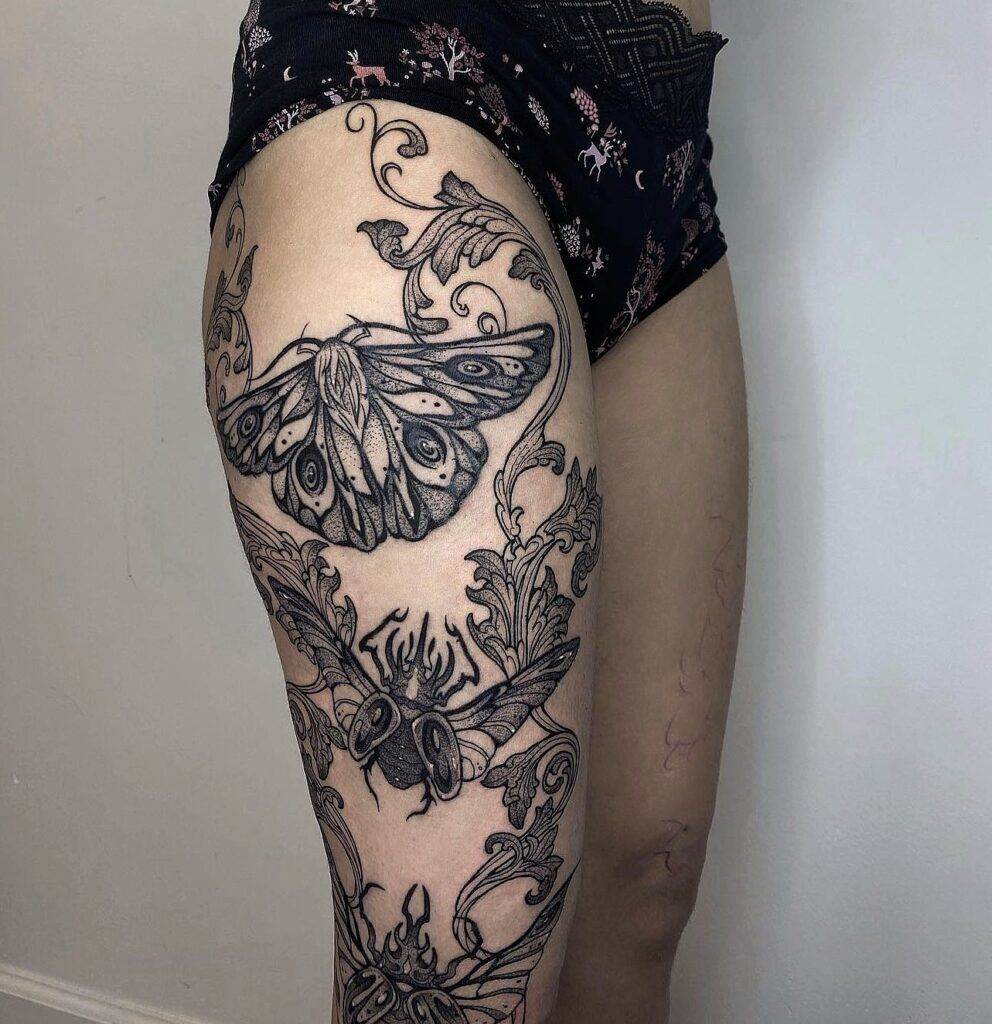
The thigh is another area where individuals commonly choose to get tattooed. Here are some factors contributing to its moderately painful reputation:
- Muscle and Tissue: Like the upper arm, the thigh consists of muscle and fatty tissue, which generally helps reduce the pain level.
- Nerve Endings: The thigh has a combination of nerve endings that can register discomfort, especially near the inner thigh—making that region more sensitive compared to the outer thigh.
- Size and Composition: The thigh’s larger surface area allows for creative designs, making it a canvas of choice for many. However, those opting for tattoos on their thighs should be prepared for a bit of discomfort.
In summary, while the upper arm and thigh may not be the most painful places to get a tattoo, they do carry a moderate level of discomfort. Understanding these areas can help prospective tattoo recipients prepare for their experience and make informed choices that align with their pain tolerance and design preferences. Selecting moderate pain locations can still offer a rewarding tattoo journey without overwhelming discomfort.
Painful Body Areas for Tattoos
After discussing moderately painful areas for tattoos like the upper arm and thigh, it’s essential to shift focus to locations that many people consider quite painful. The ribcage and spine are two body areas infamous for their discomfort during the tattooing process. Understanding these pain levels can help individuals prepare mentally for their tattoo journeys.
Ribcage
The ribcage is notorious among tattoo enthusiasts for being a particularly painful spot to get inked. Several factors contribute to this reputation:
- Close to Bone: The ribcage has minimal flesh covering the ribs, which means that the tattoo needle is often in close contact with bone, resulting in sharper sensations.
- High Sensitivity: This area is densely packed with nerve endings compared to fleshy parts of the body, making pain perception heightened during the tattooing process.
- Movement Factor: The ribcage expands and contracts with each breath, which can make the tattoo process even more uncomfortable, as any slight movement might intensify the sensation.
Despite the pain, many choose the ribcage for its aesthetic appeal. It serves as a large canvas for intricate designs, though potential recipients must weigh the desire for body art against the accompanying discomfort.
Spine
The spine is another area often described as quite painful for tattoos. Here’s why:
- Bony Structure: Similar to the ribcage, the spine is a bony structure with thin overlays of muscle and skin, making it more susceptible to sharp pain.
- Nerve Density: The spine has numerous nerve endings, contributing to an amplified sensation of pain when tattooed. This can lead to discomfort that some describe as a burning or stinging feeling.
- Physical Response: The spinal cord plays a crucial role in many bodily functions, and any discomfort in this area can evoke a strong reaction, often making it a more challenging location for first-time tattoo clients.
In summary, while tattoos on the ribcage and spine can result in stunning artwork, individuals seeking to get inked in these painful areas should be mentally prepared for a significant level of discomfort. Considering these factors beforehand can help foster a smoother tattoo experience and allow enthusiasts to enjoy the beauty of their chosen designs despite the associated pain.
Most Painful Body Areas for Tattoos
As we’ve explored the painful areas such as the ribcage and spine, it’s important to highlight locations that are often regarded as the most painful places to get tattooed. Understanding these sensitive spots, which include the ribcage and head and neck, can help individuals prepare for their experience and set realistic expectations.
Ribcage
The ribcage remains one of the most cited places for high levels of tattoo pain. It’s not just a myth—several factors contribute to this notorious reputation:
- Minimal Flesh Coverage: The ribs sit right under a thin layer of skin, making tattoos in this area particularly tricky. With so little cushioning, the needle can feel much sharper and more intense.
- Concentration of Nerves: The ribcage area contains many nerve endings, which can amplify sensations of pain. As the needle traverses the skin, the discomfort can range from mild to excruciating, depending on the individual’s pain threshold.
- Breathing Movement: As mentioned earlier, the ribcage expands and contracts with breathing, which can increase pain during the tattooing process. Even subtle movements can affect how the ink is laid down, adding to the discomfort.
While the pain is significant, the ribcage provides an expansive canvas for intricate designs, attracting many tattoo enthusiasts despite the anticipated discomfort.
Head and Neck
Moving on to the head and neck, these areas are often considered the most painful regions for tattoos. Here’s why:
- Extensive Nerve Endings: Much like the ribcage, the head and neck are densely packed with nerve endings, resulting in heightened sensitivity. The skin here is also thinner, making it even more vulnerable to pain.
- Bone Proximity: Both the skull and cervical vertebrae are close to the surface of the skin, amplifying sensations during the tattooing process. The sensation is often described as sharp or intense, particularly in areas where the bone is just beneath the skin.
- Emotional Factors: Getting tattooed in such visible areas can also provoke anxiety or tension, which can affect pain perception. Individuals who feel particularly nervous may experience increased sensitivity, making the process even more uncomfortable.
In conclusion, while tattoos on the ribcage and head and neck can produce stunning works of art, these areas are among the most painful to endure. Prospective tattoo clients may benefit from considering their pain tolerance before choosing these sensitive spots. By understanding what to expect, individuals can approach their tattoo experience with greater confidence and preparedness.

